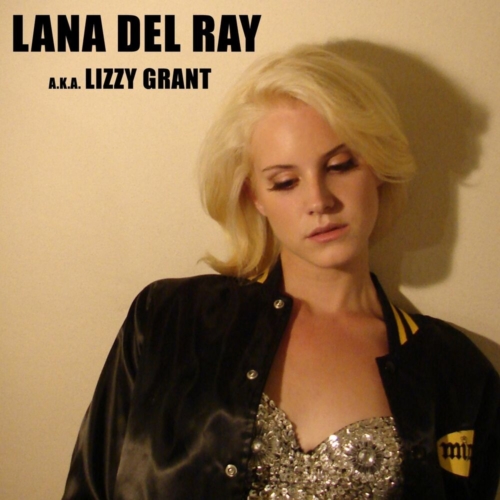

While her icons and idols are less ubiquitous this time, Del Rey’s references - both lyrical and musical - pay homage to other influences. Yet the childlike simplicity of her lyrics leaves them no less poignant she hits nerves and hearts and guts without breaking a sweat. The title track is particularly egregious, with its clumsy exposition (“He used to call me DN / That stood for Deadly Nightshade / Cause I was filled with poison / But blessed with beauty and rage”) and awkward rhyming (“violence” with “violins”). Mostly, though, she writes with the awkwardness of a pre-teen in her mother’s makeup. Occasionally, she finds poetry, crooning “Blue hydrangea, cold cash divine / Cashmere, cologne and white sunshine / Red racing cars, Sunset and Vine” on ‘Old Money’. Lyrically, Del Rey sticks to the same signs and signifiers of Americana: bourbon and coke, red dresses and high heels, guns and Bibles. While Born To Die laid out the template for the Lana Del Rey persona, Ultraviolence addresses it head-on, acknowledging, confronting and toying with the audience’s expectations across an LP that feels more like an album than a collection of songs (it surpasses its predecessor in this regard). With Ultraviolence, Lizzy Grant completes her metamorphosis into Lana Del Rey: a pop star ouroboros that forces the listener to question the artifice inherent in pop culture.

For some, it was time to fire up Blogger and churn out a think piece for others, it was just another twist and turn on Lana Del Rey’s Wild Ride.

In the run-up to Ultraviolence, Lana Del Rey proclaimed her disinterest in feminism, advocated for “hardcore love,” and wished she was already dead. That photo influenced me to change the track listing.Available on: Interscope / Polydor Records LP I saw one of the shots he took of me, and I felt it had to be the album cover. “He loves painting Polaroids and making little 8x10s. ‘For some reason, he has been really life changing for me,” admits Lana. It didn’t take too long for the pair to hook up some long-term plans, and his visual impact on 'Ultraviolence' has been prominent. He was alive, well, and managing both very nearby in Los Angeles. ‘I was so heavily influenced by it, always thinking he was dead,’ says Lana.įortunately, the information was duff: Neil wasn’t dead. This book in particular is a collection of sublime moments captured through ancient Polaroids, which portray kaleidoscopic acid fantasies, B-movie sexploitation/violence, and Middle American subculture. Krug’s work is bold, and comes across like that of a spaghetti Western surrealist with an eye for finding the artistic merit in ’70s American schlock. “‘A friend gave this to me as a present, but for some reason they thought the photographer was dead,’ explains Lana.


 0 kommentar(er)
0 kommentar(er)
